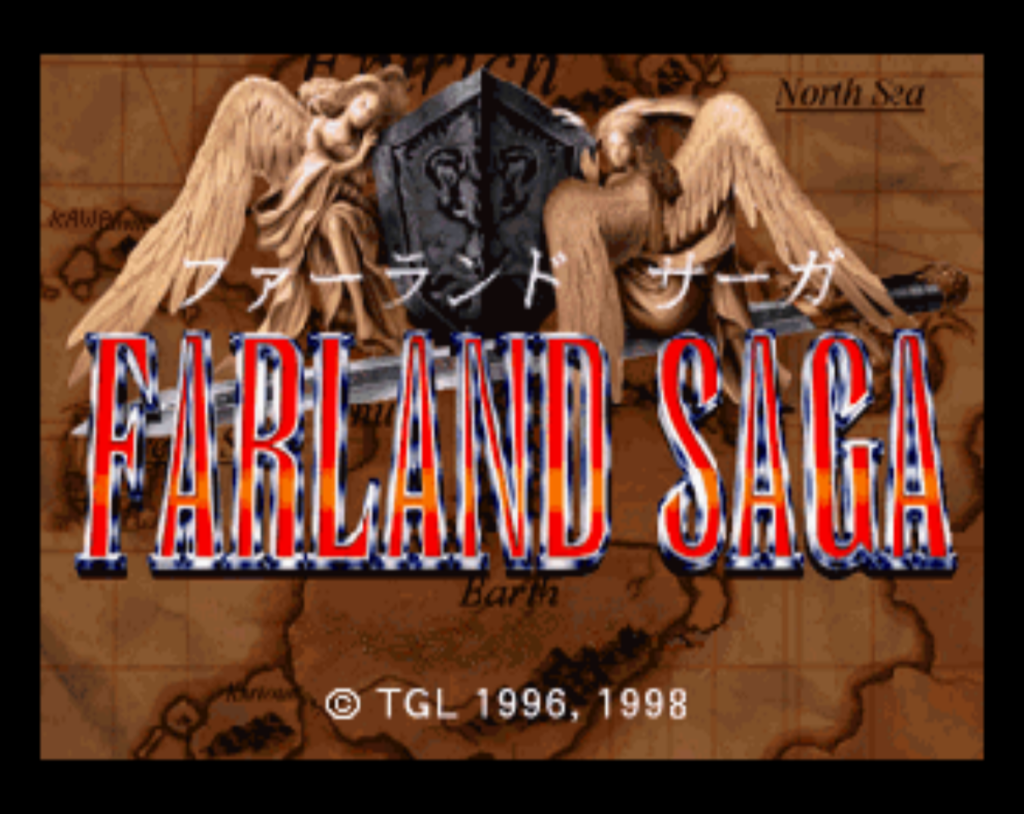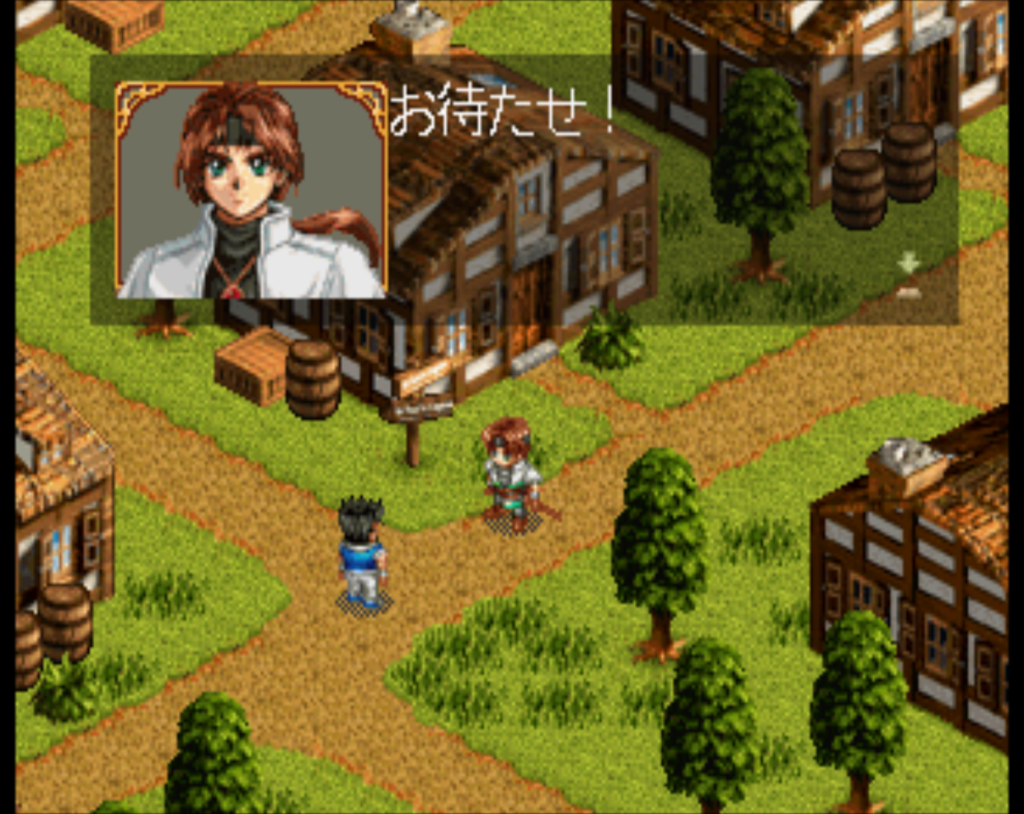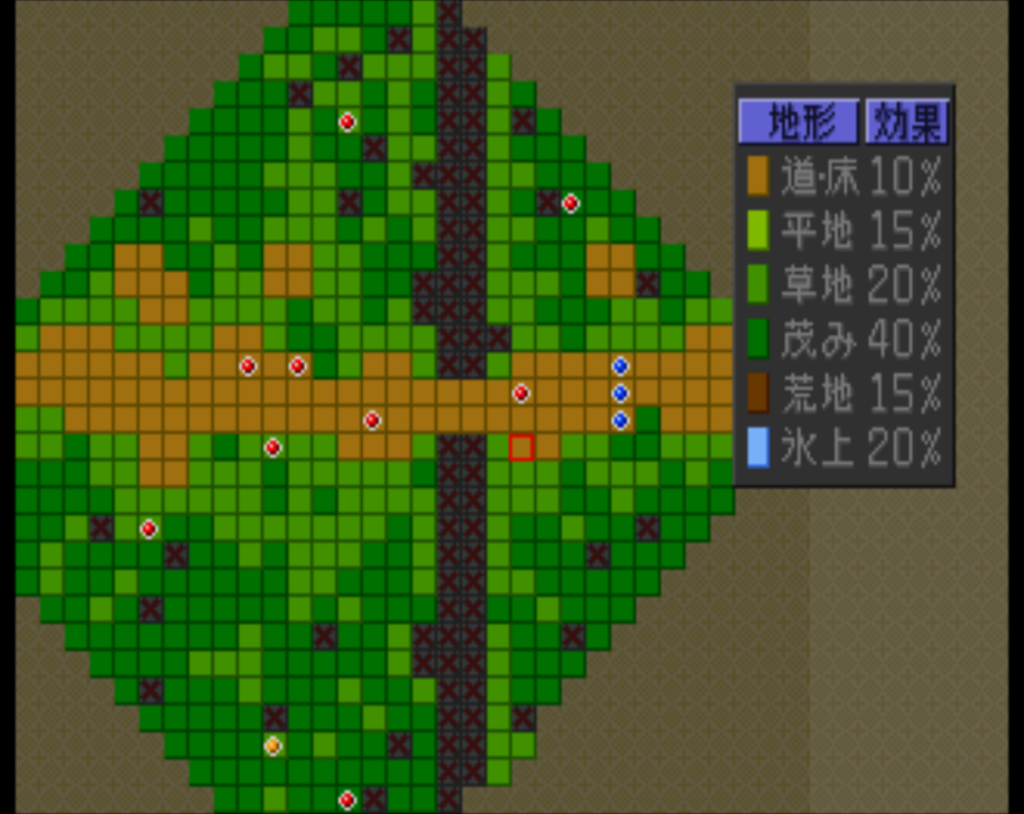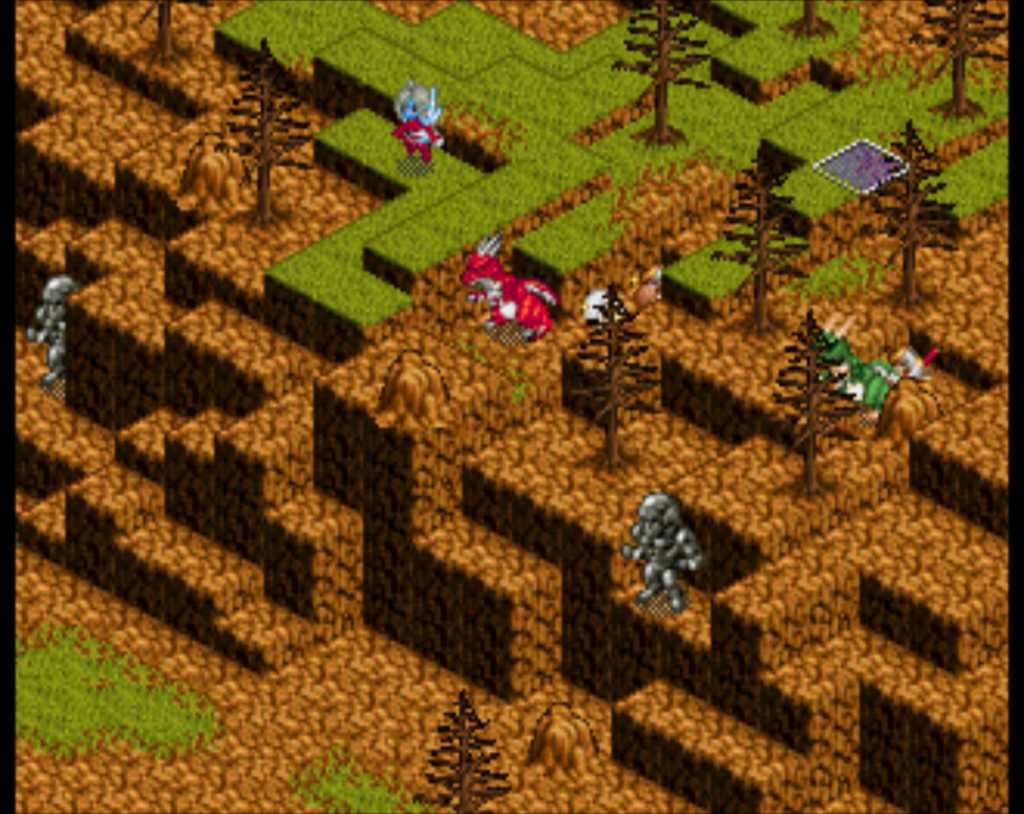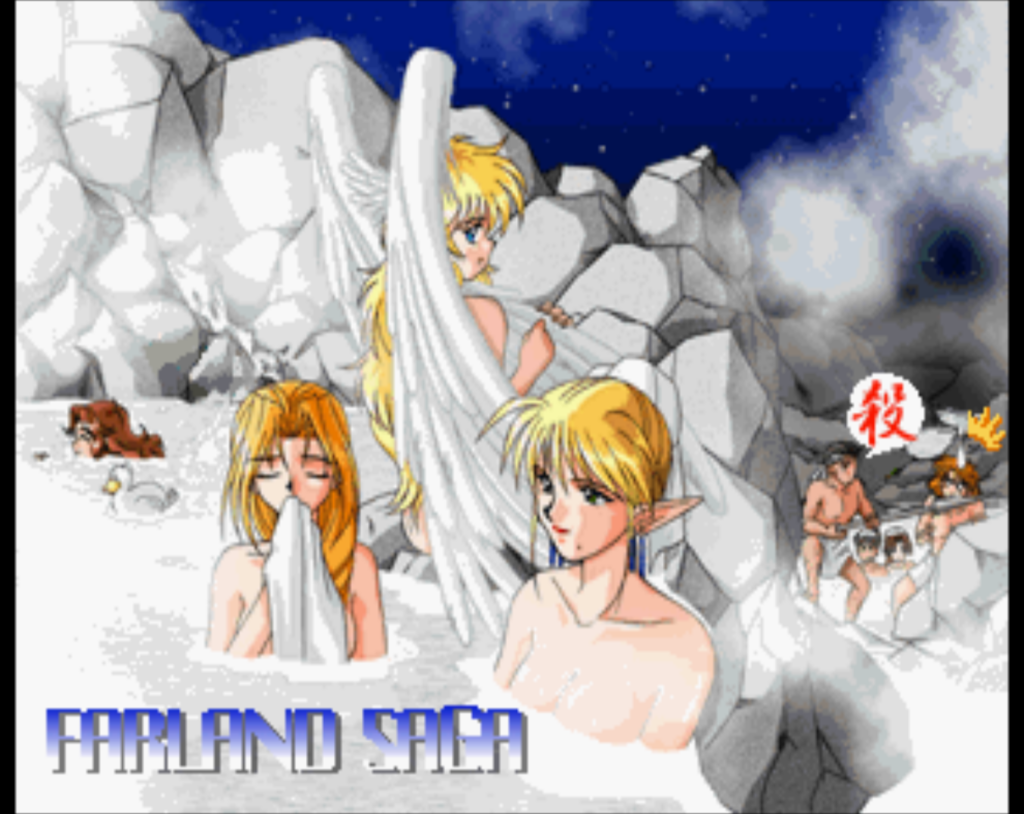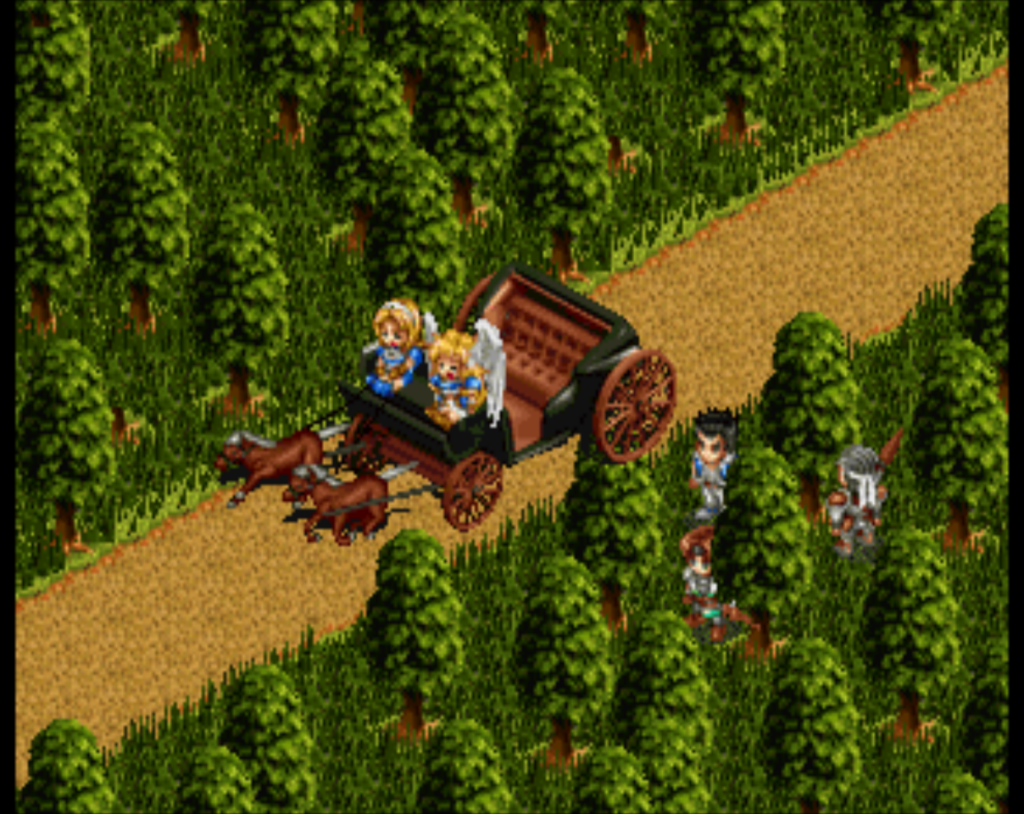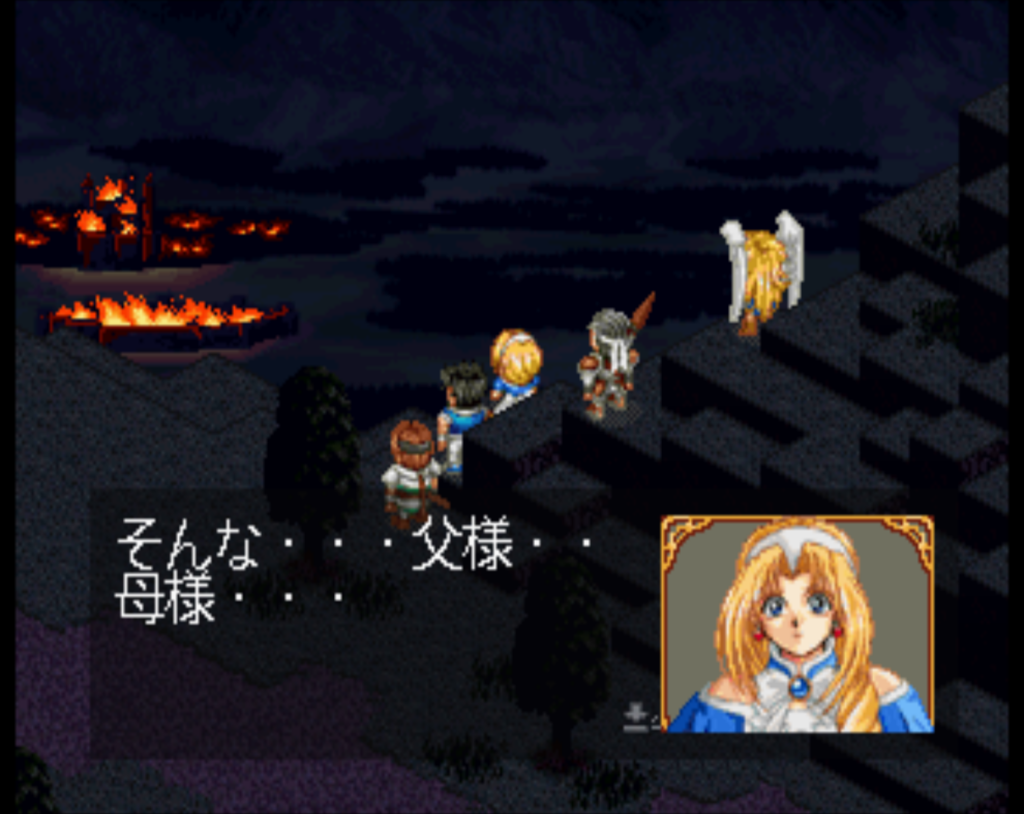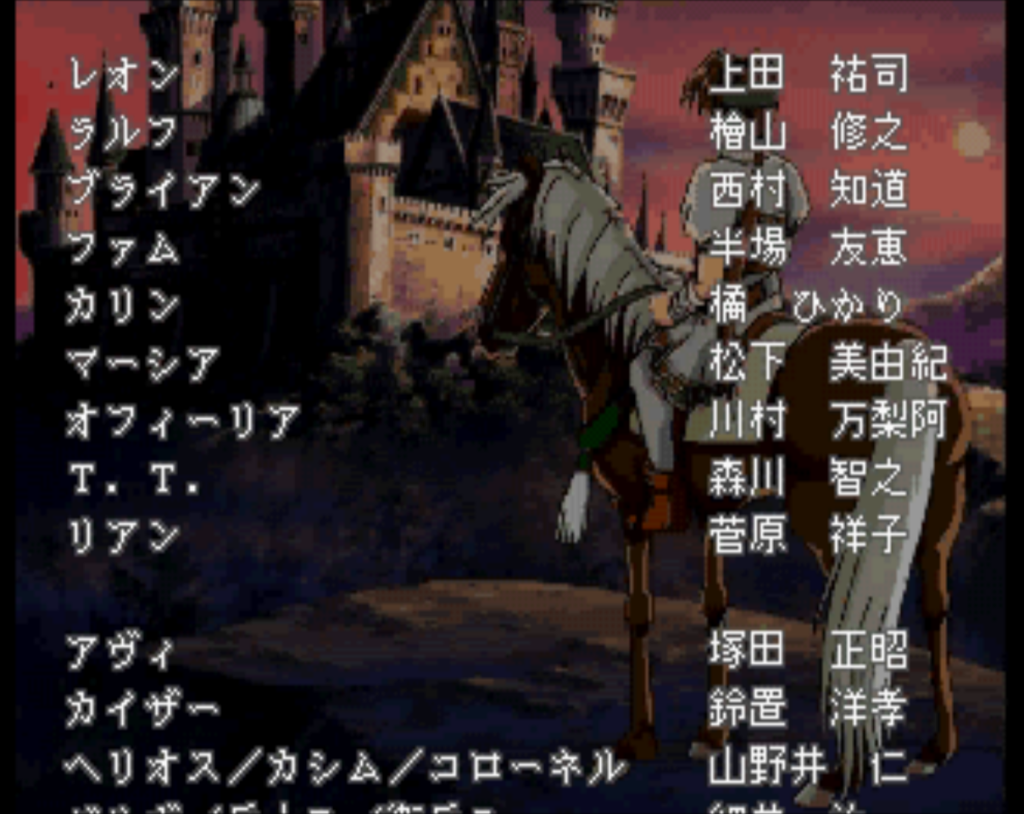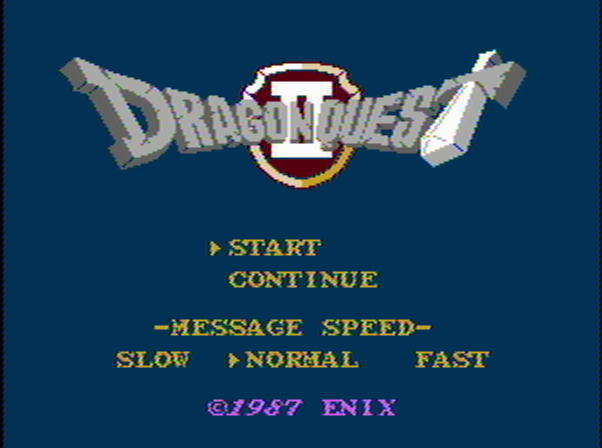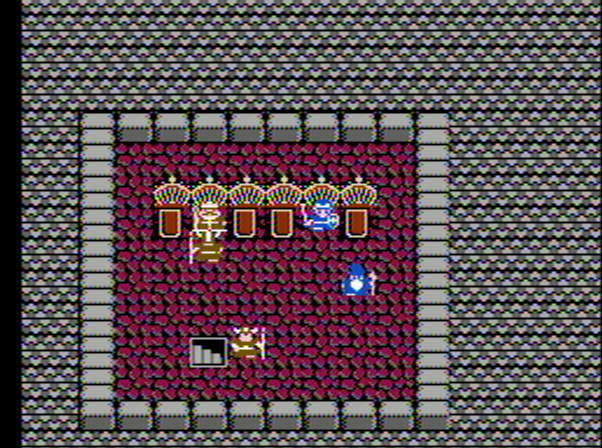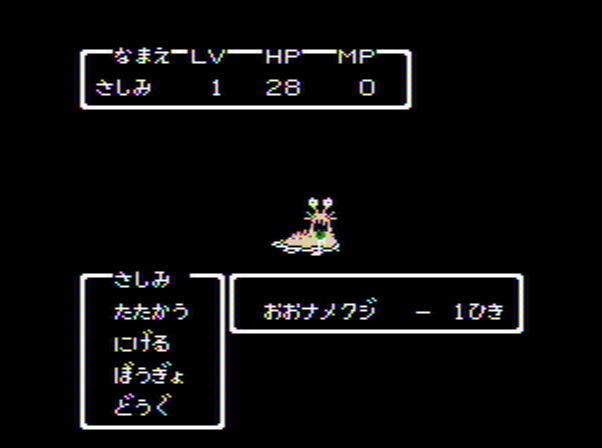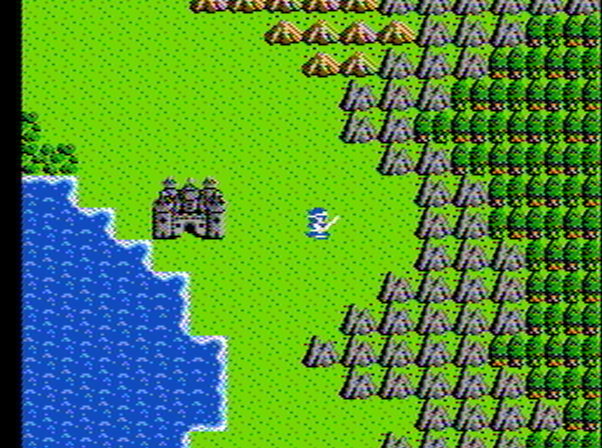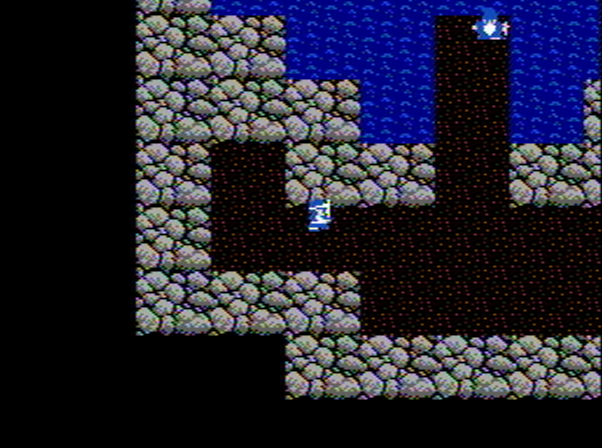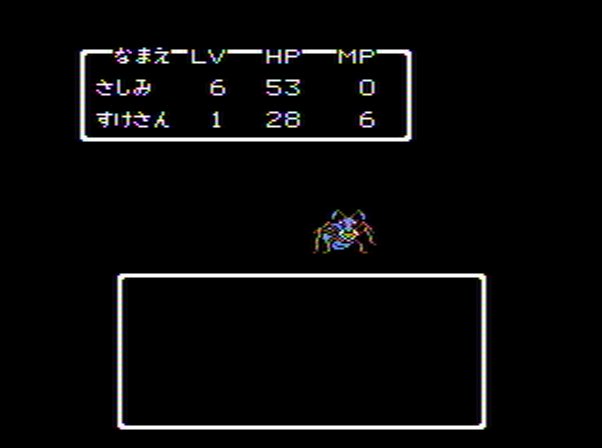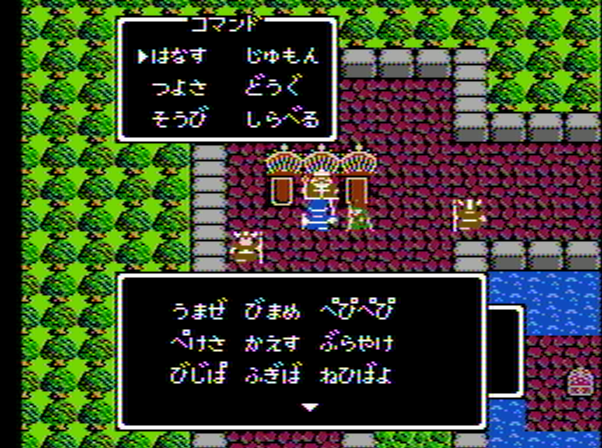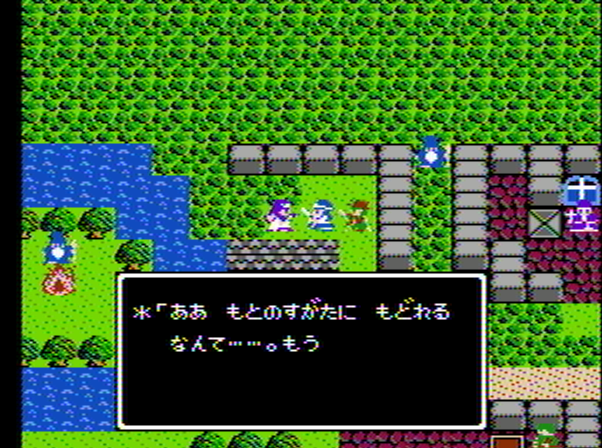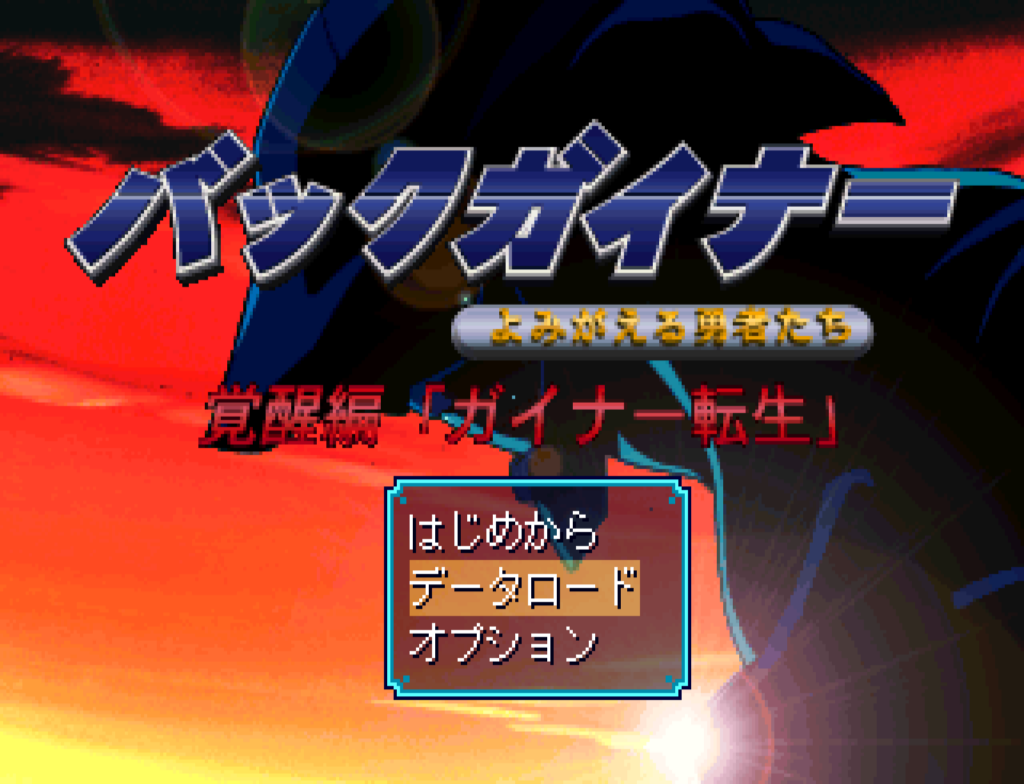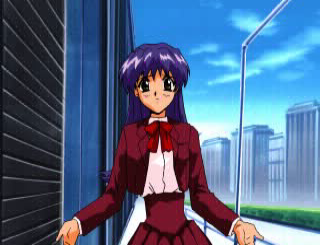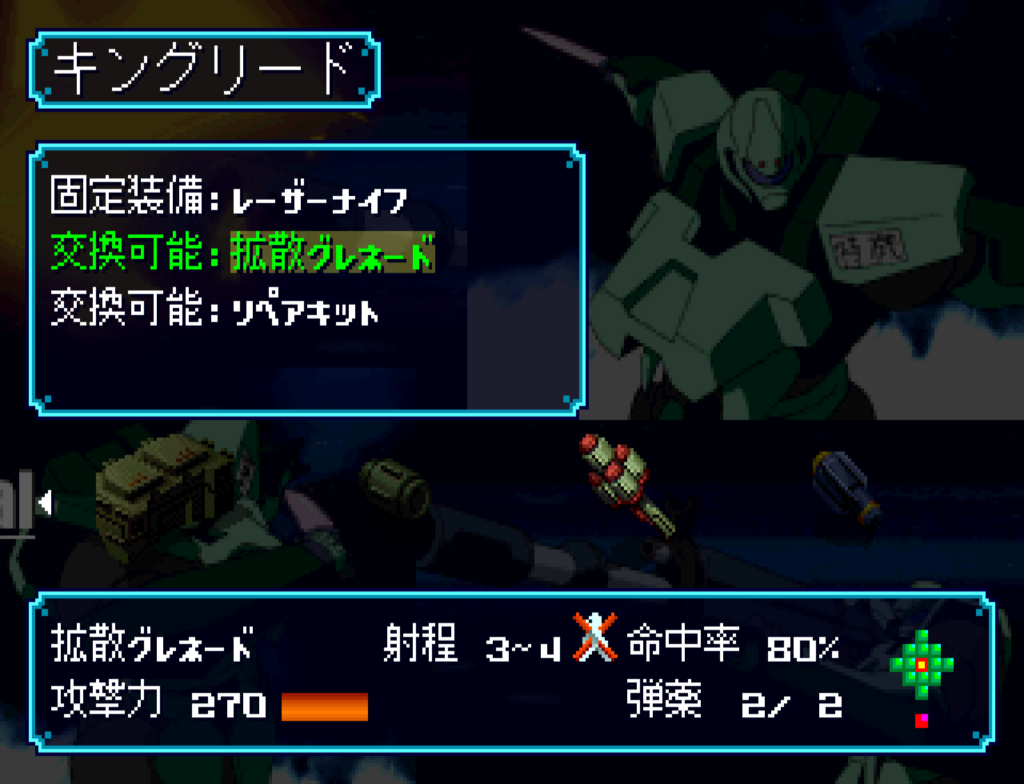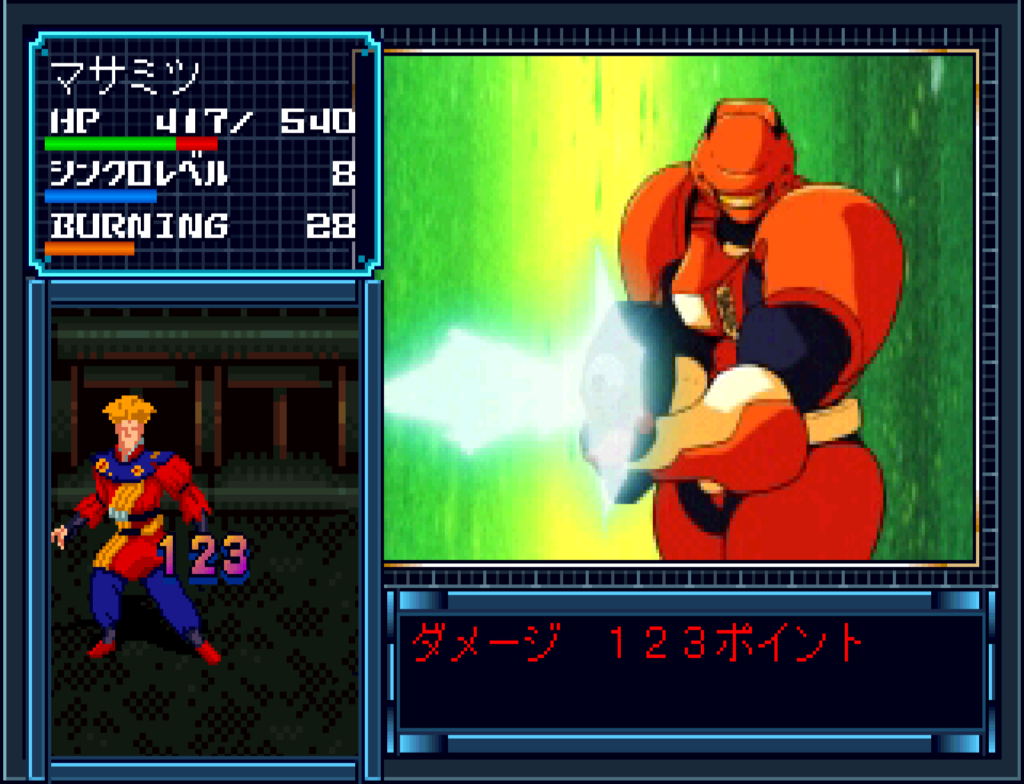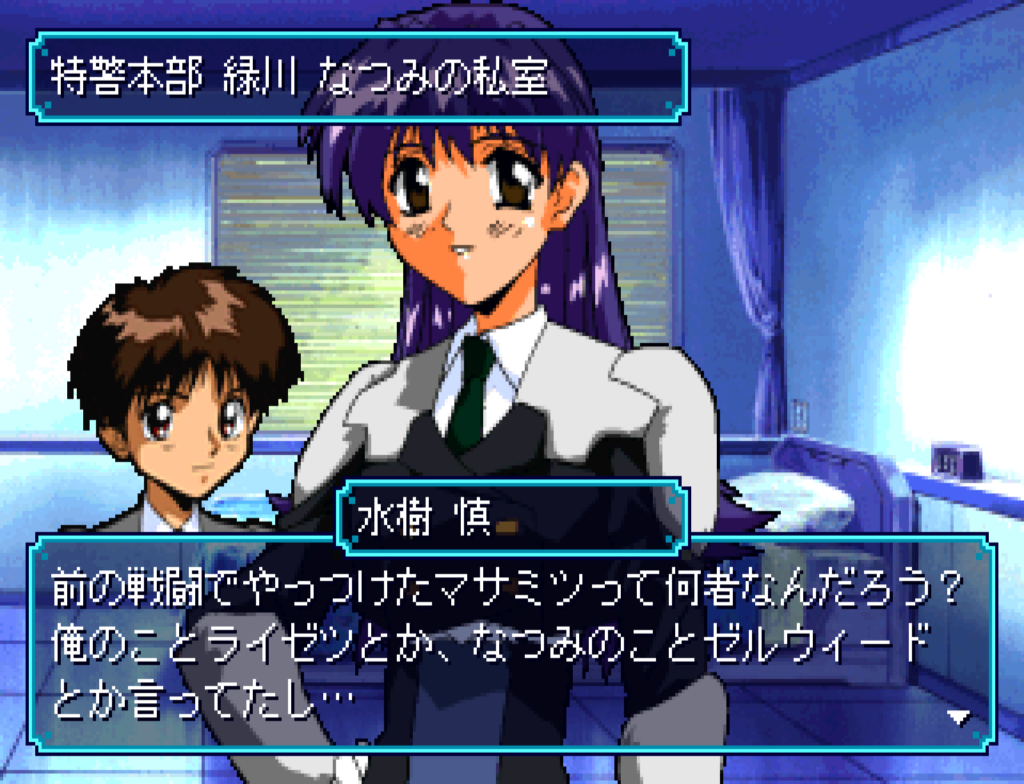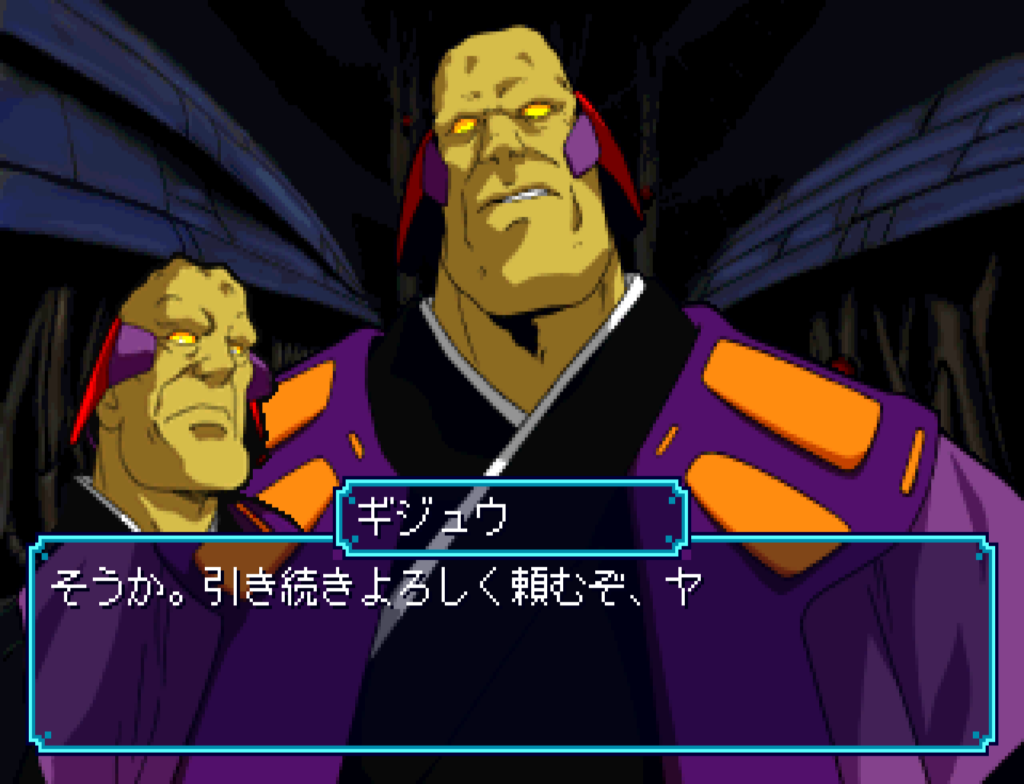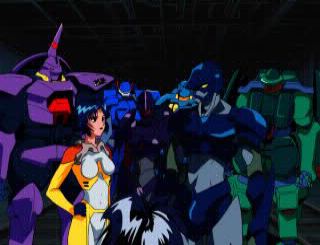Sekaiju no Meikyuu (世界樹の迷宮), released 1/18/2007, developed by Atlus
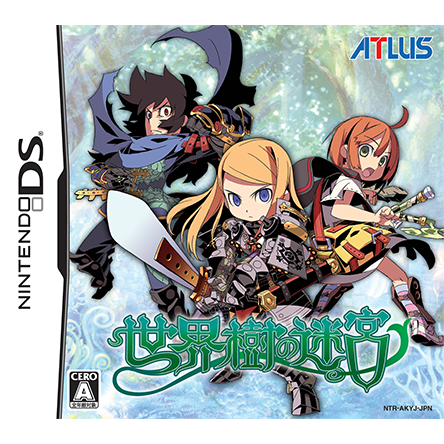
My next randomly chosen game came up as Elminage, which is a first-person dungeon crawler. It seems to be a nearly exact copy of Wizardry, and since I had already played a Wizardry game recently I decided instead to play Sekaiju no Meikyuu. The title means “Labyrinth of the World Tree,” but it was localized as Etrian Odyssey. I had heard about this game for a long time but never played it before.
Since it uses the stylus, I pulled out my actual DS to play it — this is the first time I’ve played a game on the actual console in years. Of course this meant I could not take screenshots so all the pictures will be borrowed from Atlus’ official site, Wikipedia, and other review sites (I took them from IGN and Ars Technica).
According to the JP Wikipedia article, the designers were also heavily inspired by Wizardry, which is not surprising — they were trying to make a new kind of “hardcore” game that would be more appealing in 2007 while also capturing the nostalgia for old dungeon crawler games.
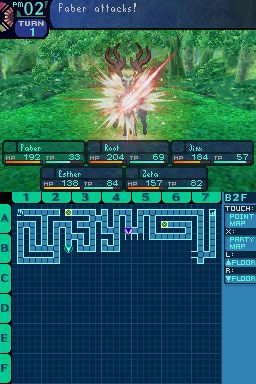
The most striking aspect of the system is that you have to make your own map, which surely was done to recapture the nostalgia of the graph paper pads in the 1980s. The map is always on the bottom screen of the DS, even when you are in town. You can set it to automatically mark the squares you have traveled over, but you have to use the stylus to draw the walls yourself. The screenshot above has the map zoomed out to show the whole floor, but if you zoom in you can then draw the walls and drag symbols to the map.
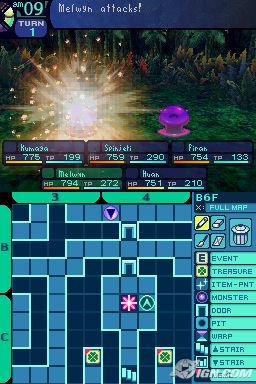
I found this pretty well implemented and entertaining; it did capture that mapping nostalgia without being too annoying or tedious.
You begin the game by creating characters. You assign a class and distribute skill points. I went with a Swordman (“Landsknecht” in the localization), Dark Hunter, Paladin (“Protector”), Medic, and Alchemist. I’m not sure why they changed the names of some of the classes. You also assign points to skills — you begin with 3 and get 1 more every time you level up. You can take a 10 level penalty to reassign your skill points, and it’s also possible to change class.
The skills work on a kind of tree system — for instance, if the Medic gets Healer level 1 skill, that unlocks Cure (the weakest heal spell). The skills all take MP, which are pretty limited in the game.

The battles are exactly what you would expect from a game trying to emulate Wizardry — you fight a group of monsters and have the usual choices. “Boost” is the only new thing, it’s basically an overlimit/super power mode that you can use when your boost gauge hits 100 (it increases when you get hit).
In town, you have the normal services you would expect. You can also take Missions from the guild (which are major quests), and Quests from the pub (which are more minor quests). The first thing you have to do is map a large portion of the first floor for your first Mission. This unlocks some of the basic town services and also lets you proceed to the next floors.
The 1st floor has relatively easy monsters and a few small events, treasures, and item farming points (where you can use skills like Mine and Gather to get items).
When you get items, you go back and sell them to the item store. This is the main way to get money, and also if you sell certain items or combination of items it will unlock new equipment and items in the shop.
After mapping that first part, there were no more missions available, so I went down to the second floor. There was a huge difficulty jump in the monsters and I found my characters getting killed from full HP in one hit by the elk enemies. There are also “F.O.E.” monsters that are much harder enemies that wander around on the map (you can see them).
I made several forays into the 2nd floor because it was going to take way too long to grind levels on the 1st floor without emulator speedup. But I kept getting killed and having to go back. Ultimately I hit a point where 3 of my 5 guys were dead and I had no more money left to revive them or use the inn, and this is where I quit playing.
The Japanese wikipedia article notes the high difficulty of the early game, and apparently this was intentional (again, to capture the classic Wizardry feel). The article also says the developers didn’t think the game would sell very well but they misjudged and it very quickly sold out.
But for me it’s too tedious, slow, and difficult to keep playing. However, I think the series has a lot of promise and I would like to try one of the later entries — I have a DS and 3DS (but not a switch). If you are familiar with the series, please tell me if there’s a later entry that is particularly good and I will try it.
